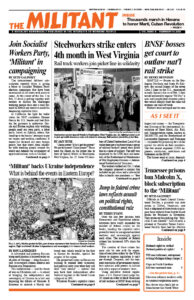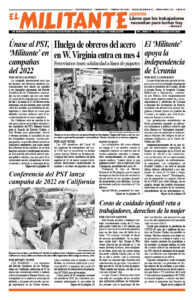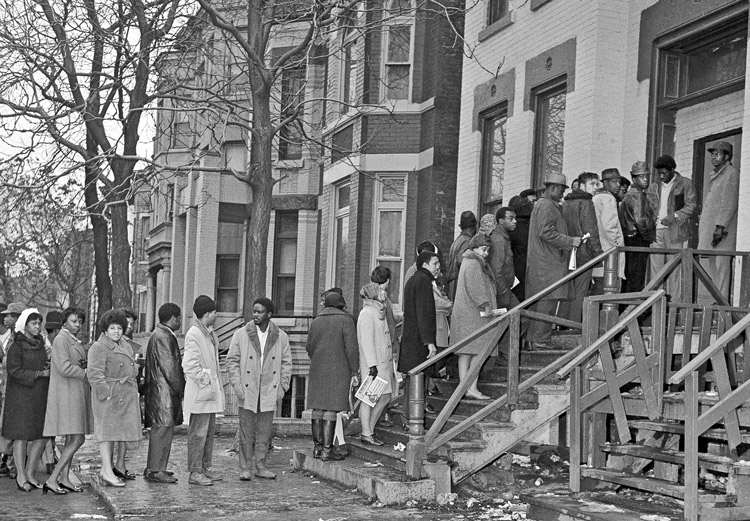At least 12 FBI informants and three FBI agents worked together to egg on and entrap 14 men, and then frame them up for supposedly plotting to kidnap Michigan’s Democratic Party Gov. Gretchen Whitmer in late 2020.
In September 2020 a group of men gathered in a Michigan rural camp to conduct military-style exercises. As part of this, they were organized to survey the landscape around Whitmer’s nearby vacation cottage. Two of them inspected a bridge in the vicinity and allegedly discussed how it could be blown up. When they gathered together that evening, a man identified as “Big Dan” wanted to know if everyone was “down with what’s going on.”
Of the dozen men on that nighttime trip, four of them — including Big Dan, who was paid $54,000 for his services as “Confidential Human Source-2” — were either government informants or undercover FBI agents.
Fourteen men were arrested a month later, in a move hailed as one of the most important domestic terrorism prosecutions in a generation. The trial of five of them on the kidnap-plotting charge will begin March 8 in the U.S. District Court in Grand Rapids, Michigan.
The case is being used — alongside the witch hunt congressional “investigation” into the Jan. 6, 2021, riot at the U.S. Capitol — to target former President Donald Trump and others as far-right criminals who need to be driven out of politics. At the trial, federal prosecutors are expected to introduce hundreds of hours of carefully edited FBI-recorded conversations and text messages, records of bomb-making sessions, and graphic discussions of violence against police and politicians.
Six of the men were charged with kidnapping conspiracy, which can carry a life sentence. Three of the six were also charged with using weapons of mass destruction based on their discussions about blowing up the bridge and practicing building and detonating bombs. The other eight were charged with providing material support.
Twenty-six-year-old Ty Gerard Garbin, one of those charged with kidnapping, was pressured into plea-bargaining guilty and sentenced to six years in prison. The price of the deal: he’s expected to testify against the others at the trial.
How rulers’ political police operate
This sort of frame-up is nothing new for the FBI. These methods have been used for decades by it and other government political police outfits, primarily to block advances by the working class.
In the early 1970s the Socialist Workers Party launched a political campaign and court suit that exposed decades of FBI spying and disruption against the party, labor movement, and the fight for Black rights. In the course of the successful 15-year campaign, the FBI was forced to admit to breaking into party offices more than 200 times. Using these black-bag jobs, wiretaps and hundreds of informants, they amassed 10 million pages of files on the SWP, its members, their families and political collaborators.
The SWP won its case in 1986. Despite all the FBI’s spying and disruption, and attempts to provoke and entrap party members, it couldn’t produce a shred of evidence the political work of the party was illegal.
Similar and more deadly tactics were used against the Black liberation movement. An FBI informer gave police the floor plan to Fred Hampton’s apartment in Chicago that was used in a murderous late-night police raid where Hampton, a leader of the Black Panther Party, was killed as he slept in his bed. The bedroom was marked on the map.
On Nov. 18, 2021, two of the three men who had been convicted for the assassination of Malcolm X in 1965 were exonerated after spending decades in prison. It turned out FBI informers knew they weren’t guilty, but hid the information as part of the decadeslong government campaign by the capitalist rulers against Malcolm X and his revolutionary political ideas.
The aim of the FBI’s Michigan operation was to paint supporters of then President Trump as criminal terrorists. Their deeper target is to legitimize frame-ups like this against working-class militants, who the capitalists fear and loathe.
On Dec. 25, defense attorneys for those charged in Michigan filed to have the charges dismissed. “[T]he evidence here demonstrates egregious overreaching by the government’s agents, and by the informants those agents handled,” they wrote. “When the government was faced with evidence showing that the defendants had no interest in a kidnapping plot, it refused to accept failure and continued to push its plan.”
They said the government initiated the case “despite the fact that it knew there was no plan to kidnap.” A number of the informers and FBI agents involved have been removed from the frame-up case. The government dropped plans to use testimony from FBI agent Jayson Chambers when it became public that he had used his position to drum up business to build his private security firm. Agent Richard J. Trask II was fired by the FBI after pleading no contest following his arrest for beating his wife. A third agent was accused of perjury in a murder case.
When Amanda Keller, the former fiancée of one of the accused, was recently questioned by a new agent, she asked — only half-kidding — “So what are we going to find out about you?”


